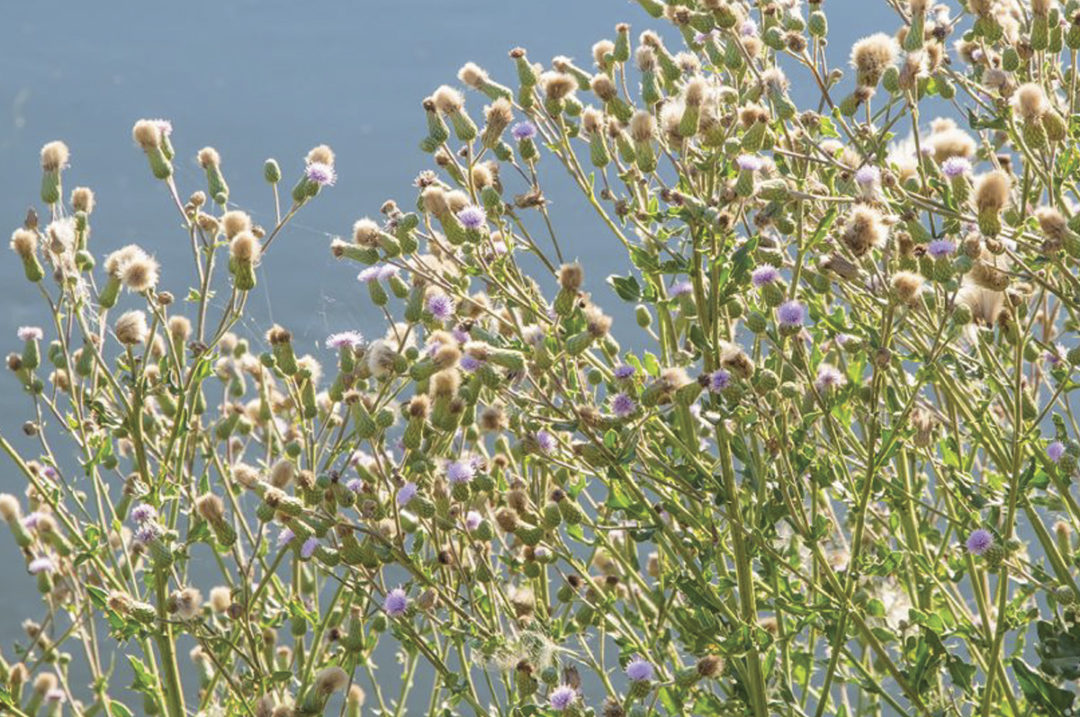Around the state, county weed control districts are working hard to manage fall noxious weeds to get an early jump on next year’s spring growth. Take a look below at what some of our folks around the state are seeing as far as fall noxious weeds and their control and management options.
Bonner County
It’s no surprise that Scotch broom is in north Idaho this fall. Due to the short growing season and since it’s a quasi-evergreen, this will be the only noxious weed Bonner County will be working on. This woody species has alfalfa-like leaves with yellow flowers, producing a pealike pod and grows in large clumps up to 10 feet tall. Fall foliar herbicide treatments using triclopyr products are taking place along with cut-stump treatments, depending on the size and scope.
Twin Falls and Cassia counties
In Twin Falls County, they are focusing on the fall control of Scotch thistle and houndstongue. Perennial noxious weeds such as rush skeletonweed, Canada thistle, leafy spurge and knapweeds are also present in southern Idaho. Twin Falls County Weed Control is applying Milestone in pastures this fall to control these noxious weeds. This provides spring residual and takes care of any weeds that might come up after application.

Whitetop/hoary cress. Photo courtesy of the Idaho Weed Awareness Campaign.
Ada County
In the southwest part of the state, county weed supervisors are noticing an influx of Canada thistle and whitetop. This southwestern part of the state is primarily using fall herbicide applications, as there are limited biological and mechanical treatment options for these weeds.
Madison County
In Madison County, the main weeds they are seeing are leafy spurge, spotted knapweed, any kind of thistle (including Canada thistle) and kochia along the roadsides. Madison County has used biological control this fall by releasing beetles for leafy spurge and spotted knapweed infestations. They will continue to apply Milestone for thistles and spotted knapweeds. Lastly, they have been using HighNoon, a newer 2,4-D for knapweeds and thistles.
What can you do? Beware of the weeds that are being seen in your region of the state and do your research. County weed department websites and the Idaho Weed Awareness Campaign’s website are great places to start.








